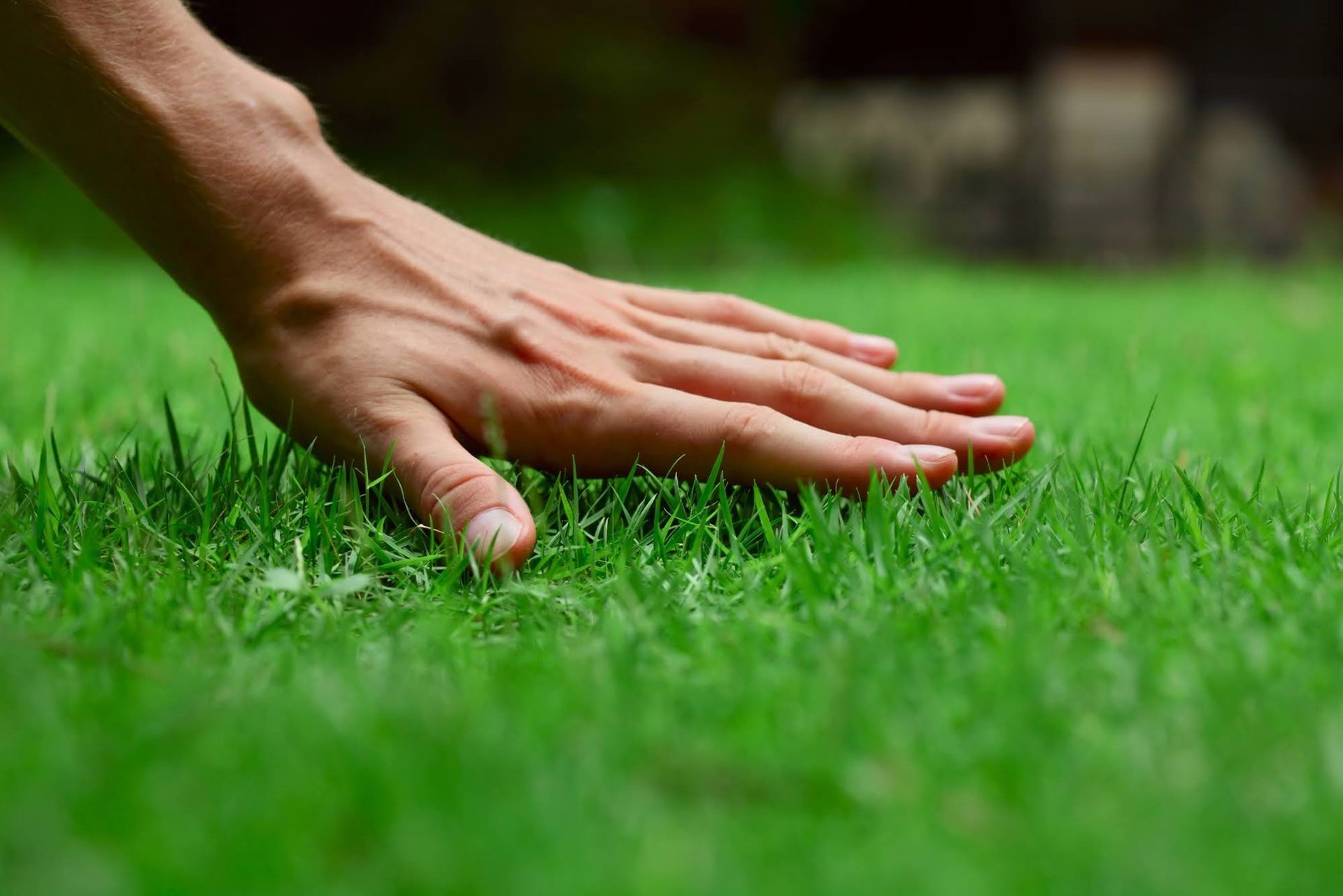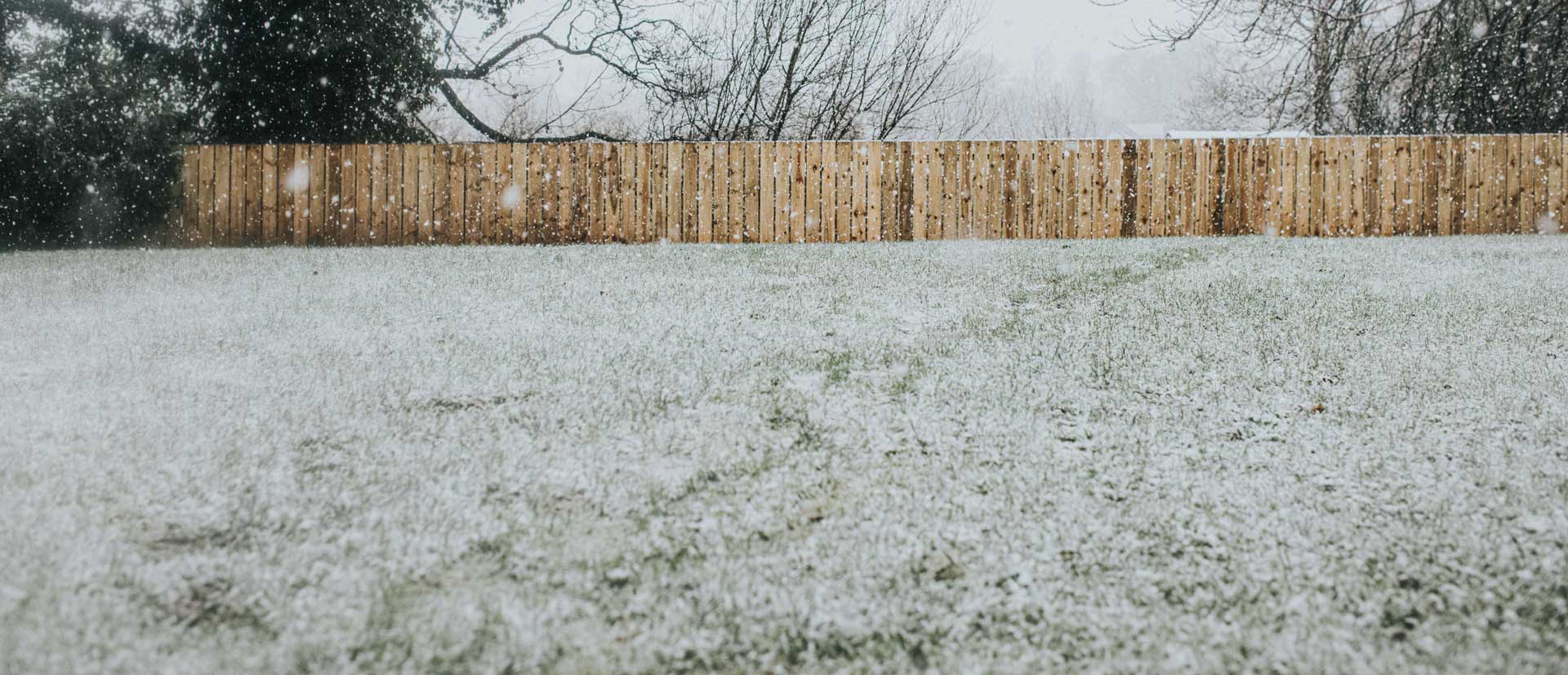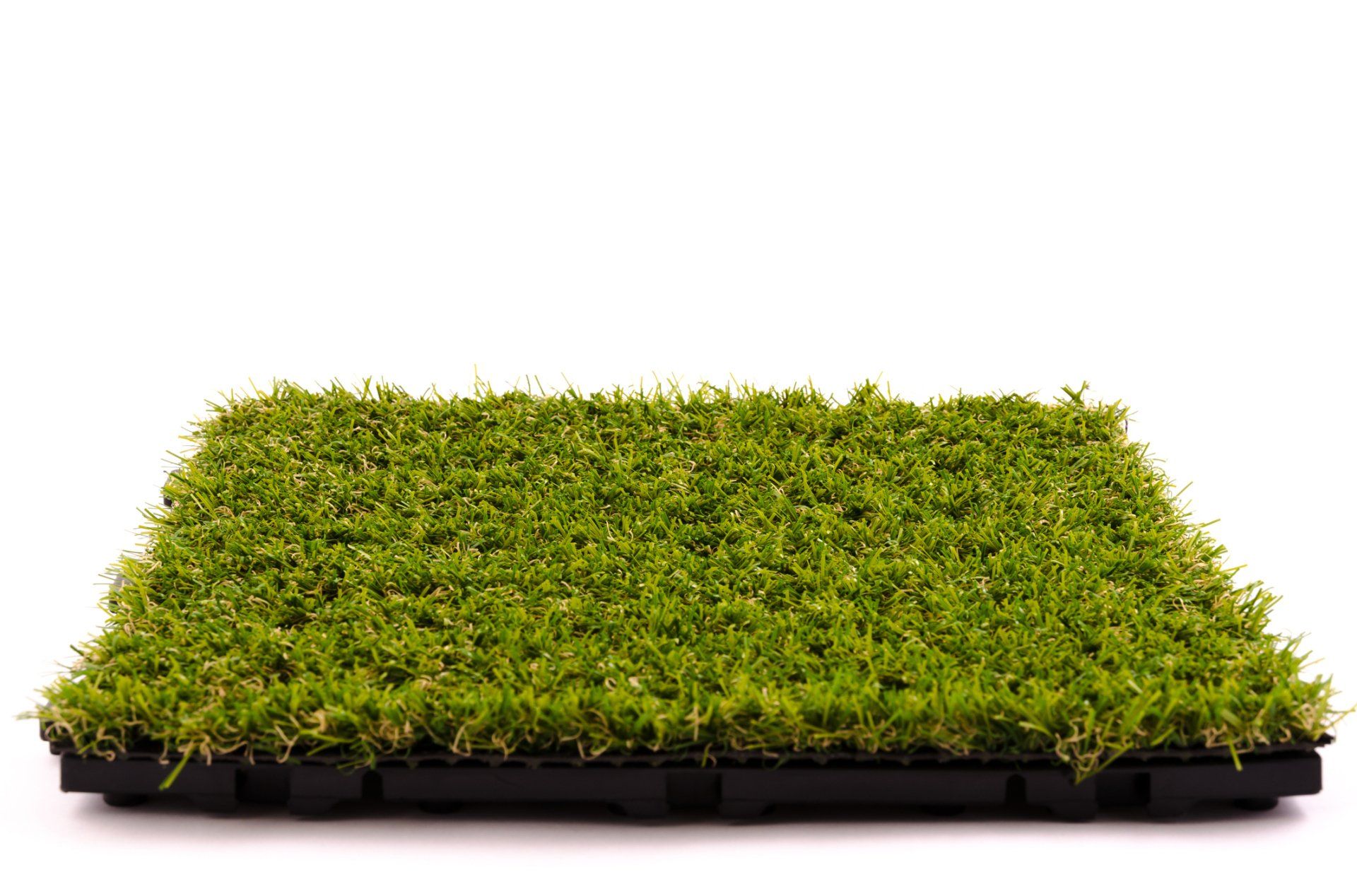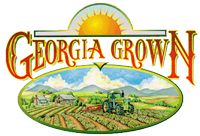Five Types of Grass to Consider for Your Georgia Lawn
- By Admin
- •
- 30 Jan, 2018
- •
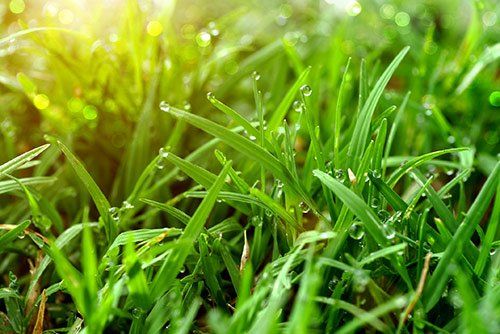
If you plan to have your lawn re-sodded, one of the first decisions you'll need to make is which type of grass to use. Different types of grass have different looks and require different levels and types of maintenance throughout the year.
It's also important to choose a type of grass that's suited to your climate and soil type. Grass that grows well in the northeast, for example, won't typically grow well in the south. Here are five types of grass that grow well in Georgia lawns.
1. Zoysia Grass
Zoysia grass originated in Asia and became introduced to the U.S. in the late 1800s. It's an excellent choice for the Georgia climate because although it thrives in warm, sunny weather, it can also tolerate the occasional cold spell better than many warm-season kinds of grass. Zoysia grass will also tolerate light shade and drought. Its water needs are somewhat less than other grasses, thanks to its deep root system.
Zoysia grass grows very densely and feels soft under your feet. Its primary downfall is that it's very invasive. It will overgrow your flower beds and neighbors' lawns if you do not maintain it carefully.
2. Bermudagrass
Bermudagrass has been popular in the southern states for centuries. It's very tolerant of heavy traffic, salt, and heat. Bermudagrass also has a very fast growth rate, which allows you to enjoy a mature, full lawn faster than you typically would with other grass varieties. It will tolerate a period of low rainfall and recover from damage quickly.
Though beautiful and resilient, bermudagrass does need a lot of sunshine to thrive; it won't tolerate a shady yard. Since it grows so quickly, you must mow it more often — as much as twice per week during peak growth.
3. St. Augustine Grass
St. Augustine grass has a distinct, coarse texture and dark green color. It is tolerant of shade and salt, though it does grow best in full sunlight. St. Augustine grass requires watering during dry periods but does not typically require irrigation in the spring. It's best for low-traffic areas since the blades are easily damaged and compacted.
You can leave St. Augustine grass a bit longer than other grass varieties. Mow it to three or four inches for a healthy, lush lawn.
4. Centipede Grass
Centipede grass is another Asian variety that was brought to the United States in the early 1900s. It tolerates both heat and shade, making it a good all-purpose grass for a partially shaded yard. Centipede grass has very low nutrient needs, so you do not have to fertilize it often. However, it prefers slightly more acidic soil than other grass types and may suffer from iron deficiency in high-pH soils.
Centipede grass is slow-growing. It won't hold up to heavy traffic, like that on a sports field, though it's traffic-tolerant enough for the average lawn.
5. Bahiagrass
Bahiagrass is an extremely hardy, tolerant grass that is well-suited for sandy, nutrient-poor areas where other grasses struggle. It was brought to the U.S. in 1914 and was originally used as a pasture grass for grazing animals, but has since gained popularity in landscaping. Bahiagrass prefers full sunlight, but it will tolerate limited shade.
Bahiagrass is very drought-tolerant, thanks to its deep roots. It has a coarse texture, but you can leave it two to three inches long to create a somewhat softer lawn.
To learn more about each of these grass varieties and which may be best for your lawn, contact Wright Turf Farms. We will take into account your soil type, sun exposure, maintenance preferences, and traffic patterns to recommend a grass that will look lush and appealing in your yard.
If you manage or intend to build a playing field, you'll want visually appealing and long lasting sod that requires minimal maintenance. Read for more.
A variety of pests can wreak havoc on your lawn, turning it from a source of pride to a patchwork of problems. Read this blog to find out more about them.
Landscapers can help get your soil ready for sod planting. Discover five solutions they might recommend and implement to get soil ready for sod.
Some individuals are hesitant to try sod due to the various myths surrounding the installation. Read this blog on myths to determine if sod is for you.
If you have a pet dog, you need to take special care of your sod. Learn to balance your pet's needs with the needs of your lawn today.
A brown spot interrupt the beautiful, green lawn you work so hard to cultivate. Learn a few common causes and remedies for these dead spot downers.
If your grass takes forever to grow even after you follow all the instructions, two common problems may be the cause. Learn how to fix these issues.

